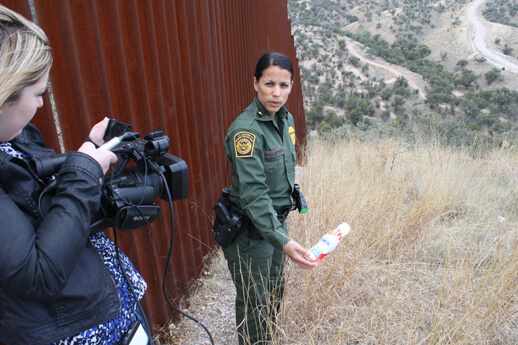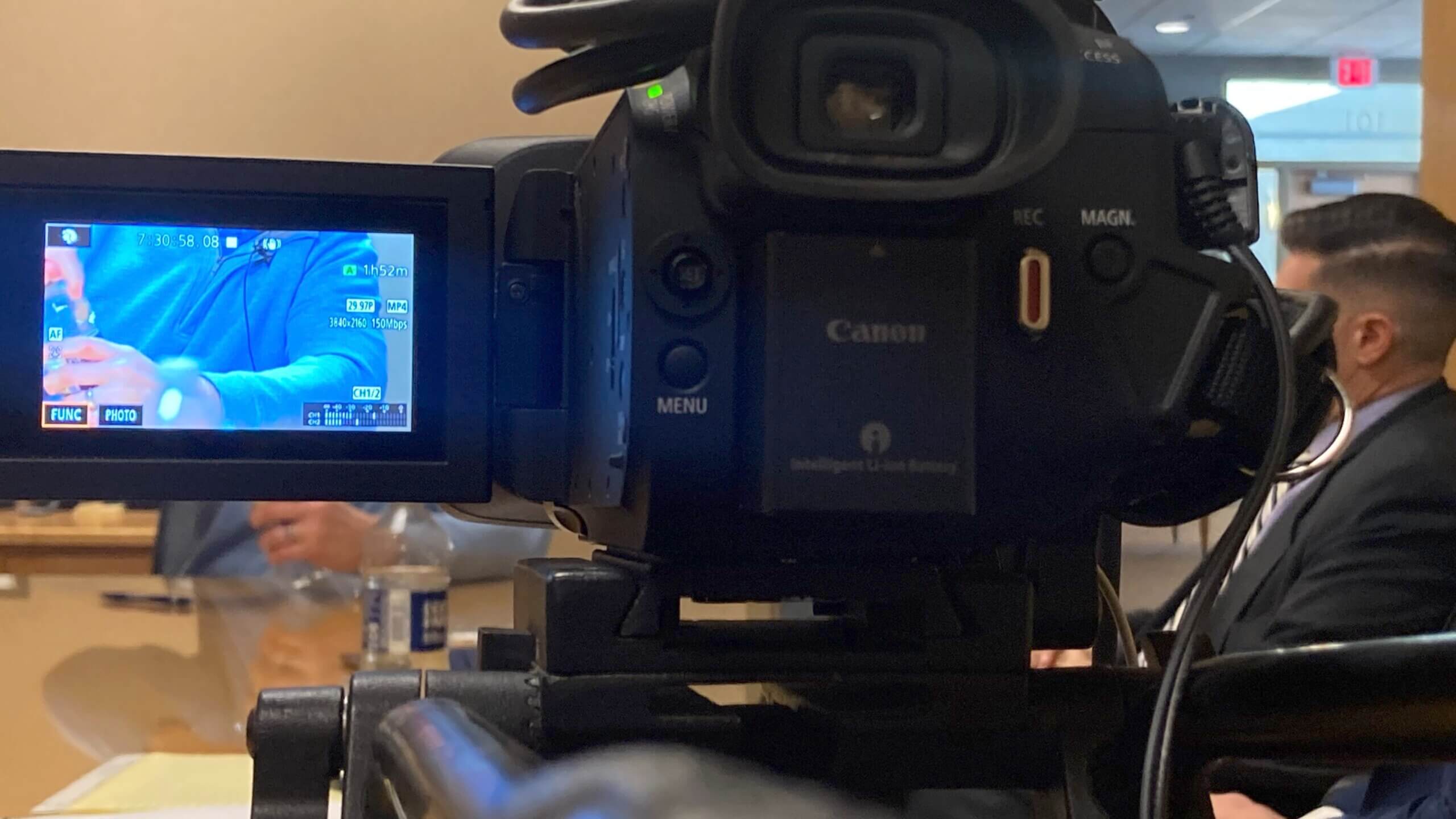How Legal Videography Boosts Court Room Discussions and Proof
Wiki Article
Looking Into the Devices of Lawful Videography: Introduction Its Procedure in Shielding Genuine Visual Statement for Judicial Proceedings
In the world of judicial proceedings, the role of lawful videography stands as a foundation in protecting and providing aesthetic evidence. As technology remains to advancement, the systems behind legal videography have actually ended up being significantly complex, using a critical layer of credibility to statements caught on video clip. By diving into the operational details of lawful videography, one can discover the meticulous procedures that guard the stability of visual proof provided in courtrooms - Legal Videography. This expedition not only clarifies the historical advancement of lawful videography but additionally means the future trends that might even more revolutionize just how visual testaments are supported in the realm of justice.Historic Evolution of Legal Videography
Examining the historical development of legal videography exposes a substantial transformation in the catching and presentation of aesthetic proof within the legal landscape. In the past, lawful procedures heavily depended on written records and photographs to record occasions and give evidence. Nevertheless, with the arrival of video clip modern technology, the lawful market saw a standard change in exactly how aesthetic statement was caught and offered.The development of legal videography can be traced back to the late 20th century when innovations in video clip recording devices made it a lot more accessible for usage in courtrooms. This technical innovation not only boosted the precision and reliability of aesthetic evidence but likewise reinvented the way situations existed to courts and juries (Legal Videography). Lawyers started to acknowledge the influential power of video recordings in sharing emotions, subtleties, and non-verbal hints that composed transcripts or pictures alone can not record properly

Technology Advancements in Video Clip Documents
What vital technological improvements have transformed video clip documentation in the lawful field? The lawful field has actually seen considerable improvements in video documents innovation that have enhanced the authenticity and integrity of aesthetic proof in judicial procedures. One of the essential advancements is high-def (HD) video recording abilities, which supply crystal-clear images and sharp information that are crucial for properly recording testaments, facial expressions, and other aesthetic hints. Furthermore, the integration of timestamping and metadata functions in video clip paperwork devices has enabled exact documentation of when and where the video clip was videotaped, ensuring the honesty of the evidence offered in court.Additionally, advancements in video security and watermarking technologies have actually strengthened the safety and security and tamper-proof nature of video clip evidence, securing it versus unauthorized modifications or meddling. The introduction of cloud storage space solutions and remote gain access to capacities has structured the storage, retrieval, and sharing of video clip proof, promoting smooth cooperation amongst lawful professionals and guaranteeing effective accessibility to crucial visual statements when required. These technological developments in video paperwork have definitely revolutionized the legal area, boosting the precision, integrity, and admissibility of visual evidence in judicial process.
Duty of Lawful Videographers in Court Settings
The evolution of video clip paperwork innovation in the legal area has necessitated a crucial duty for lawful videographers in court setups, making certain the stability and integrity of visual statements provided during judicial process. Lawful videographers play a fundamental duty in catching and maintaining exact aesthetic evidence that can be essential in litigation. Their duty encompasses establishing up devices, videotaping process, and producing top quality video clips that accurately show the events in the courtroom.
In court settings, legal videographers must adhere to rigorous standards and criteria to keep the authenticity of the aesthetic record. They need to possess a keen eye for information and an extensive understanding of lawful procedures to make certain that the footage they catch is a real representation of the events that took place. Additionally, legal videographers usually work carefully with lawful teams to guarantee that the video clip proof aligns with the situation's needs and can be effectively provided in court to sustain the lawful debates being made. In general, the function of lawful videographers in court room setups is essential in promoting the concepts of justice and ensuring the transparency of legal procedures.

Ensuring Admissibility and Stability of Video Evidence
To keep the reliability of aesthetic proof presented in legal process, making sure the admissibility and go right here stability of video proof is a vital obligation for legal videographers. Admissibility describes the approval of evidence by the court, and for video proof to be permissible, it must meet particular criteria. Legal videographers play a critical role in guaranteeing that the video clips they catch abide with the rules of evidence, such as significance, integrity, and credibility.Stability of video evidence involves maintaining the originality and her comment is here precision of the video from the moment it is videotaped till it exists in court. This consists of safely keeping the video files, recording the chain of custody, and preventing any meddling or changes. Lawful videographers should adhere to strict methods to assure the stability of the video evidence and protect against any kind of difficulties to its authenticity.
Future Trends in Legal Videography
Given the raising dependence on innovation in legal process, legal videographers are poised to welcome innovative developments shaping the future of visual statement capture and discussion. One of the noticeable trends imminent is the integration of digital truth (VR) and boosted truth (AR) technologies right into legal videography. These technologies have the possible to transform how aesthetic evidence exists in page courtrooms, permitting judges and courts to immerse themselves in the scene of the crime or case.Additionally, using expert system (AI) algorithms for video clip evaluation is expected to simplify the process of reviewing and analyzing huge amounts of video clip footage. AI can help in identifying crucial minutes, abnormalities, and patterns within videos, boosting the performance of lawful investigations.

Verdict
To conclude, lawful videography has played a critical role in giving genuine visual evidence for judicial procedures. Via technological innovations and the experience of lawful videographers, the integrity and admissibility of video evidence are made certain in court setups. As legal videography remains to advance, it will be vital to support criteria that maintain the accuracy and dependability of aesthetic testimony for the future of legal procedures.Examining the historical development of legal videography exposes a substantial change in the catching and discussion of aesthetic evidence within the legal landscape.The development of video clip documents modern technology in the legal field has required a critical role for legal videographers in court setups, making certain the honesty and reliability of visual testimonies provided during judicial procedures. Furthermore, lawful videographers usually work closely with legal teams to ensure that the video evidence aligns with the case's requirements and can be effectively presented in court to support the legal arguments being made.To maintain the reliability of visual evidence presented in lawful process, making certain the admissibility and honesty of video clip proof is an important obligation for lawful videographers. As lawful videography proceeds to evolve, it will be vital to support requirements that preserve the accuracy and dependability of visual statement for the future of legal procedures.
Report this wiki page